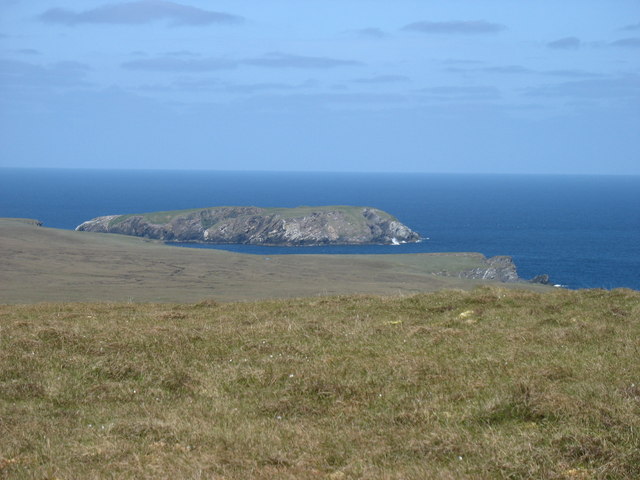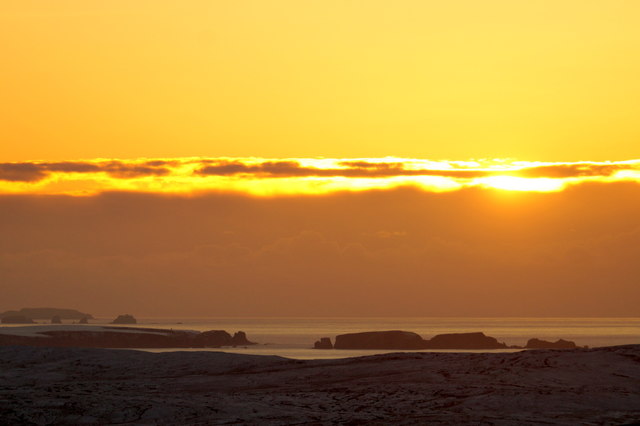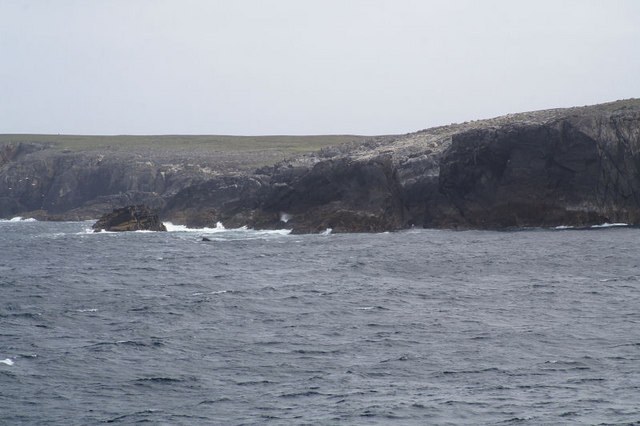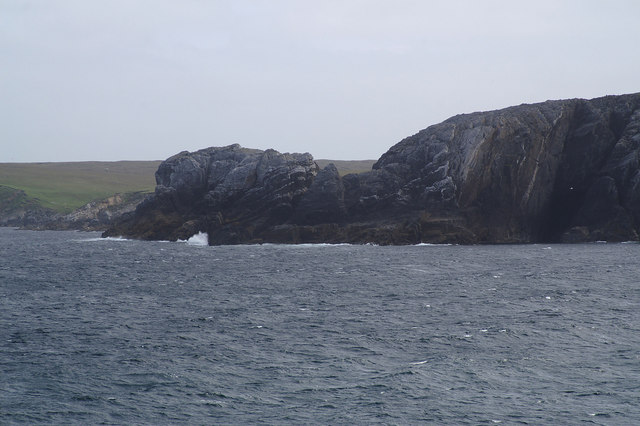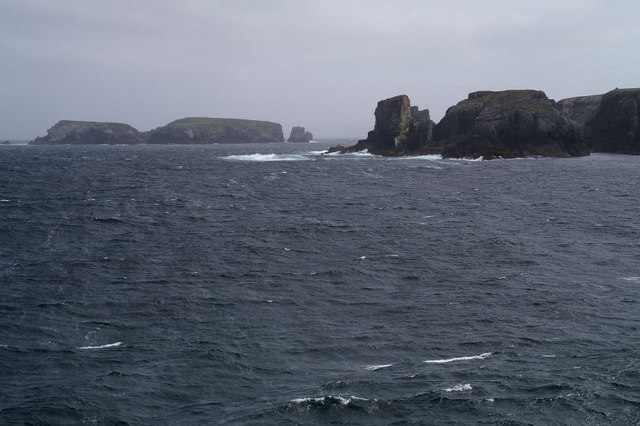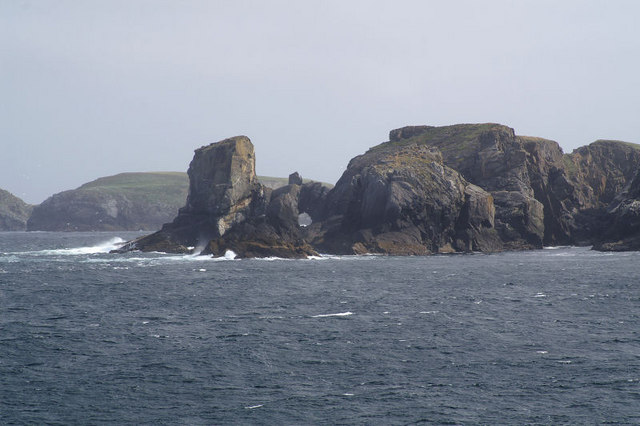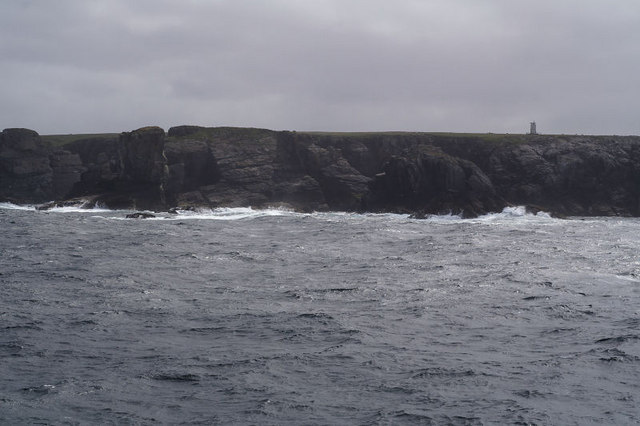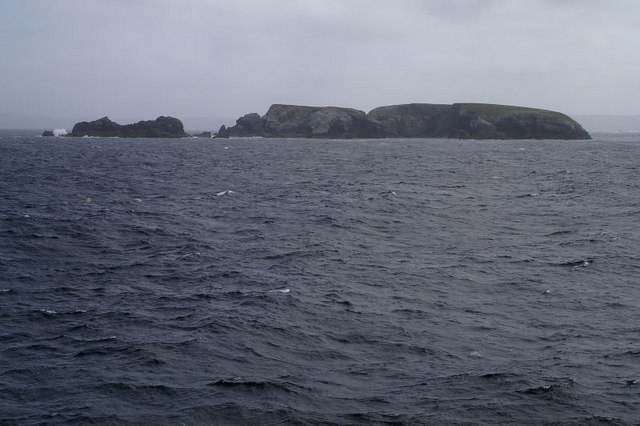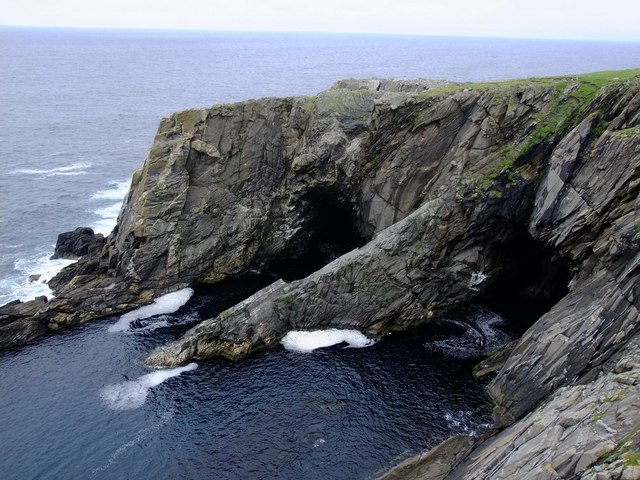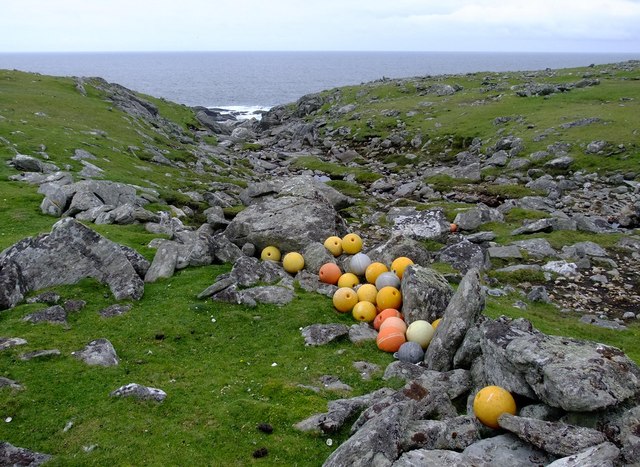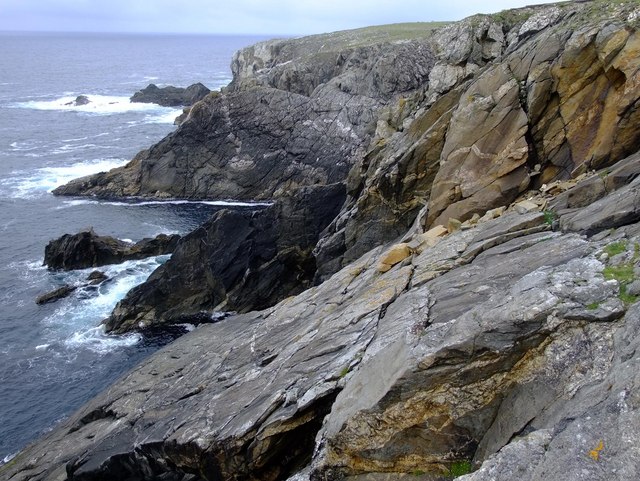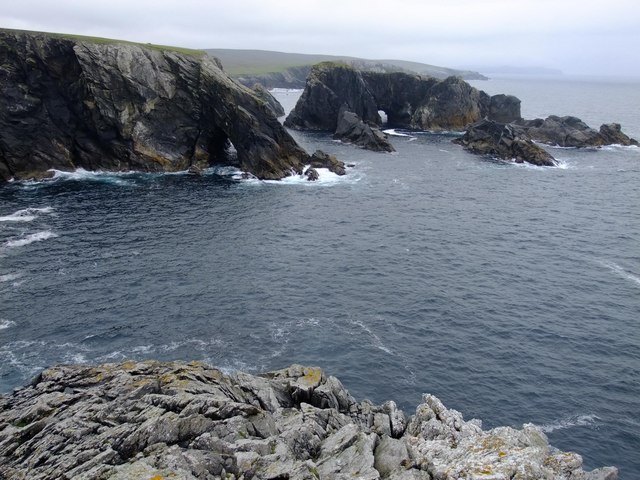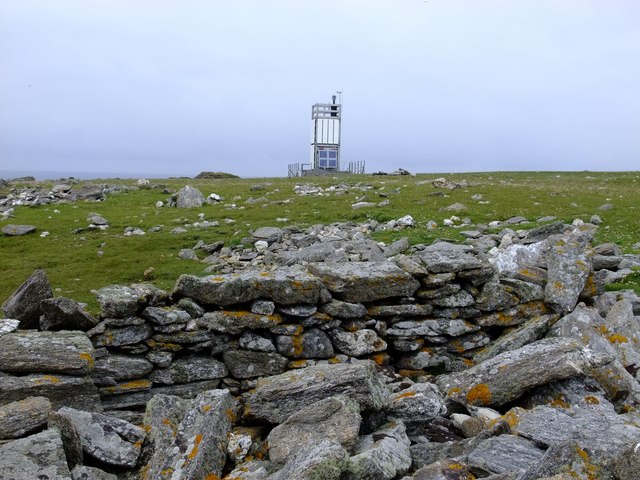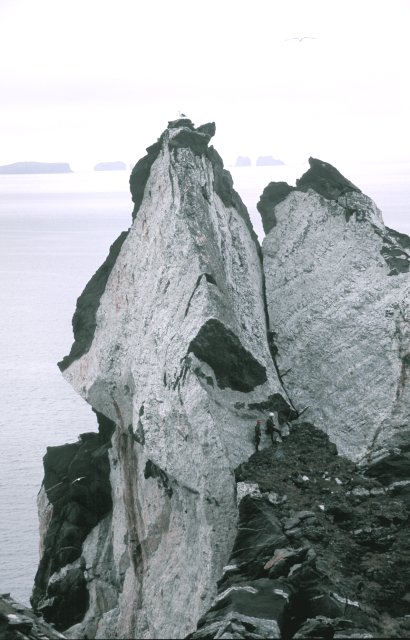Aastack
Island in Shetland
Scotland
Aastack
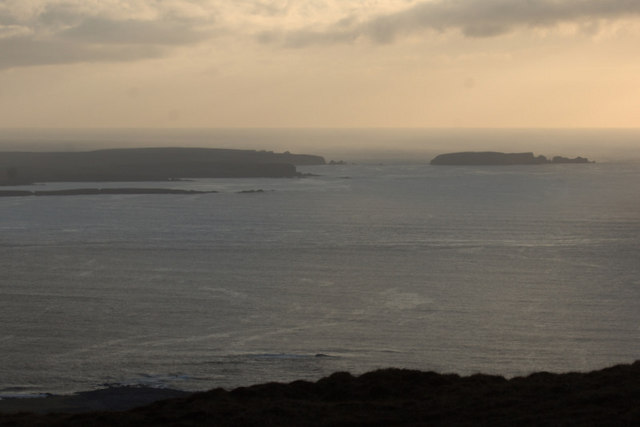
Located in the Shetland Islands, Aastack is a small and picturesque island situated off the coast of Scotland. With a total area of approximately 0.15 square kilometers, Aastack is one of the smallest islands in the Shetland archipelago. It is situated about 16 kilometers northeast of the Shetland mainland and is accessible by boat.
Aastack is characterized by its rugged and rocky terrain, with steep cliffs that provide nesting sites for various seabirds, including guillemots and puffins. The island's coastline is dotted with sea caves and natural arches, adding to its natural beauty. The surrounding waters are rich in marine life, making Aastack a popular destination for divers and wildlife enthusiasts.
Despite its small size, Aastack boasts a diverse range of flora and fauna. The island is covered in grasses, heathers, and wildflowers, providing a colorful and vibrant landscape during the summer months. Various species of seabirds, seals, and otters can also be spotted around the island.
Aastack has no permanent human population and is uninhabited. It is primarily visited by tourists and birdwatchers who come to appreciate its natural beauty and wildlife. The island offers a tranquil and remote experience, allowing visitors to escape the hustle and bustle of modern life.
Due to its ecological significance, Aastack is designated as a nature reserve, ensuring the protection and preservation of its unique flora and fauna. Visitors are advised to adhere to responsible tourism practices and follow any guidelines provided to minimize their impact on the fragile ecosystem.
In summary, Aastack is a small and stunning island in the Shetland archipelago, known for its rugged cliffs, diverse wildlife, and tranquil atmosphere. It offers a unique opportunity to experience the beauty of nature in a remote and untouched setting.
If you have any feedback on the listing, please let us know in the comments section below.
Aastack Images
Images are sourced within 2km of 60.720149/-1.1274526 or Grid Reference HP4704. Thanks to Geograph Open Source API. All images are credited.
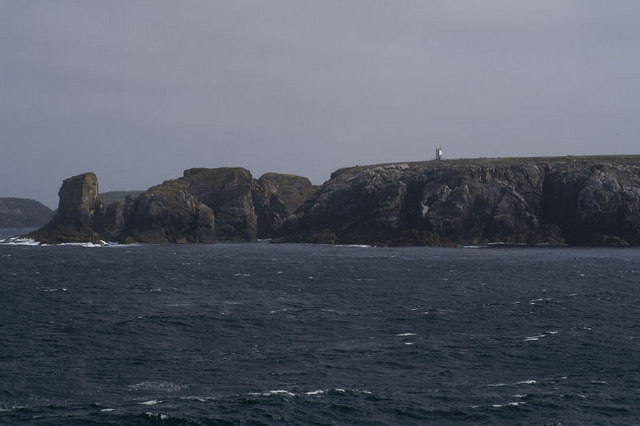
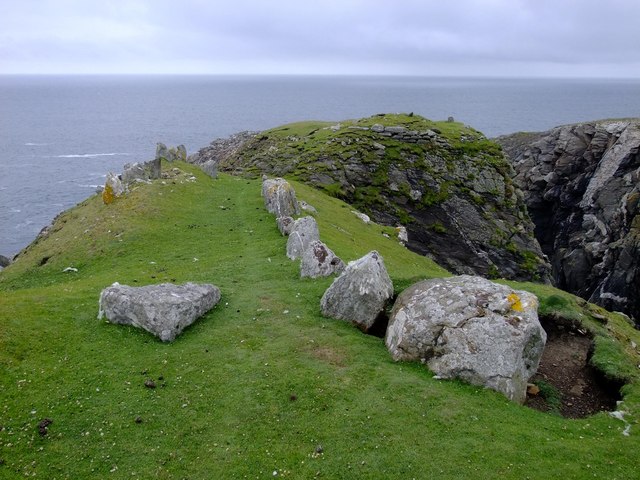
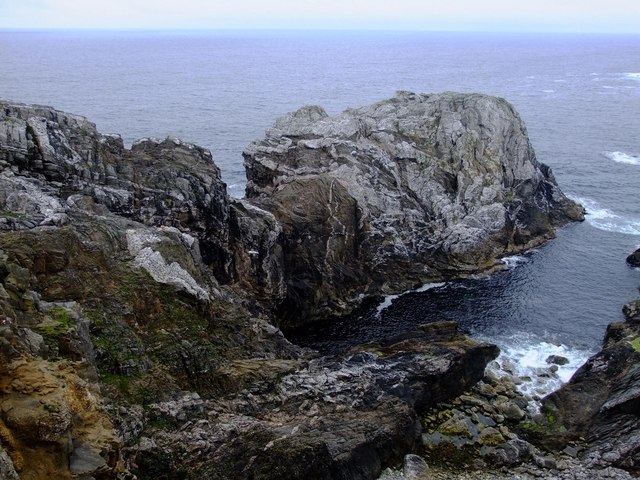
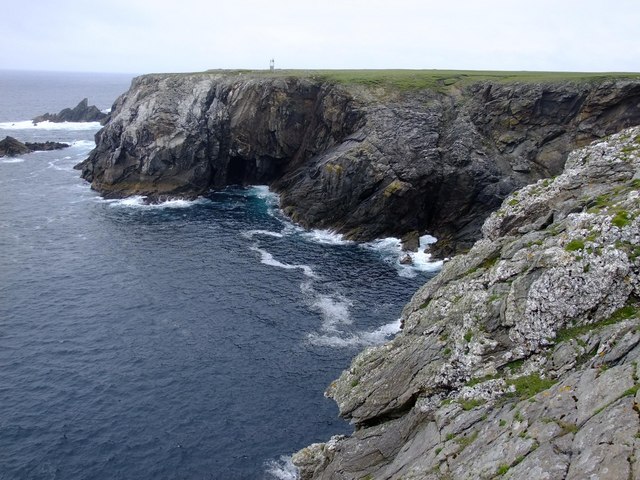
Aastack is located at Grid Ref: HP4704 (Lat: 60.720149, Lng: -1.1274526)
Unitary Authority: Shetland Islands
Police Authority: Highlands and Islands
What 3 Words
///ivory.robe.nickname. Near Gutcher, Shetland Islands
Nearby Locations
Related Wikis
Gloup
Note: Gloup is common in Scottish placenames referring to a sea jet. Gloup is a village in the far north of the island of Yell in the Shetland Islands...
Gloup Holm
Gloup Holm is an islet in the Shetland Islands, lying to the north of Yell. == Geography and geology == Gloup Holm is near to the part of Yell called North...
Cullivoe
Cullivoe (Old Norse: Kollavágr - Bay of Kolli), is a village on Yell in the Shetland Islands. It is in the north east of the island, near Bluemull Sound...
Ern Stack
Ern Stack is a sea stack off Yell, in Shetland, Scotland. The word "ern" means an eagle (it is a cognate of, for example, Swedish "örn"), and it is said...
Have you been to Aastack?
Leave your review of Aastack below (or comments, questions and feedback).
